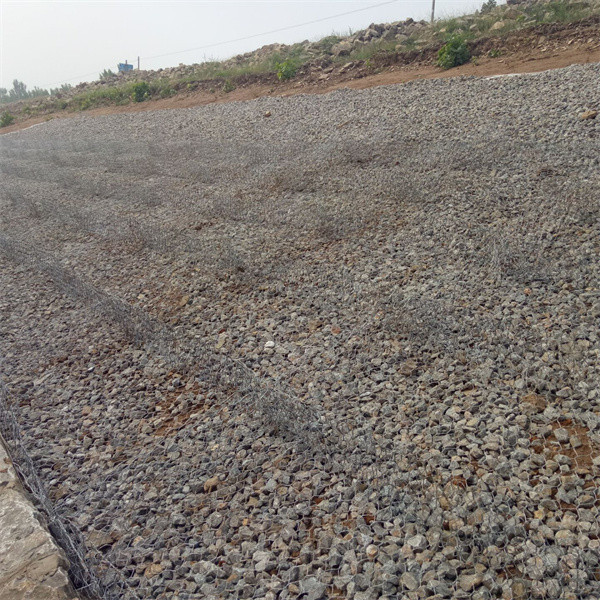Říj . 31, 2024 18:31 Back to list
Detailed Guide to Constructing a Gabion Wall for Effective Retaining Solutions
Gabion Wall Construction A Detailed Overview
Gabion walls have become a popular choice in civil engineering and landscaping due to their versatility, aesthetic appeal, and natural drainage capabilities. These structures are made from wire mesh cages filled with rocks, stones, or other materials. Understanding the construction details is crucial for achieving stability, durability, and effective aesthetics in gabion wall projects.
Materials Needed
The construction of a gabion wall involves several key materials
1. Gabion Baskets Typically constructed from galvanized steel wire or PVC coated wire, these baskets are designed to hold the filling material securely in place. 2. Filling Material Common filling materials include natural stones, recycled concrete, or even locally sourced gravel, which should ideally be angular to allow for better interlocking and stability.
3. Geotextile Fabric This is often used at the base or behind the gabion wall to prevent soil erosion and facilitate drainage while keeping the filling material in place.
4. Tools Standard construction tools, such as a shovel, level, and wire cutters, are essential for proper assembly and alignment.
Construction Steps
1. Site Preparation The first step in constructing a gabion wall is to select a suitable site and prepare the ground. Clear away any vegetation and debris, and level the ground where the gabion will be placed.
gabion wall construction details

2. Foundation A stable base is crucial for the longevity of the wall. Excavate a trench that is about 8-12 inches deep and 3-4 feet wide, depending on the height and length of your wall. This trench will help distribute the wall’s weight and prevent settlement.
3. Installation of Geotextile Fabric Lay down geotextile fabric along the trench to improve drainage. This fabric will act as a barrier to soil that might wash away while allowing water to pass through.
4. Assembling the Gabion Baskets Unfold the gabion baskets and place them in the trench. Connect the panels of the baskets securely, typically by twisting the wire ends. Ensure they are aligned properly to maintain a straight and level wall.
5. Filling the Baskets Fill the baskets with your chosen material, placing larger stones at the bottom for stability and smaller stones on top. Avoid any gaps and ensure the stones interlock to maximize the structural integrity.
6. Finishing Touches Once filled, close the gabion baskets by folding over the top flaps and securing them. You may choose to stack additional baskets on top if the wall height requires it. After completing the assembly, you can cover the exposed fabric with soil and plant vegetation for additional stabilization and aesthetic appeal.
Benefits
Gabion walls offer numerous benefits, including effective erosion control, enhanced drainage, and a naturally appealing look that can blend seamlessly with the surrounding environment. Furthermore, due to their modular nature, gabion walls can be tailored to fit various designs, sizes, and applications.
In conclusion, the construction of gabion walls requires careful planning, material selection, and execution. By following the proper construction details, one can create a robust structure that stands the test of time while contributing positively to the landscape.
-
Visualizing Gabion 3D Integration in Urban Landscapes with Rendering
NewsJul.23,2025
-
The Design and Sustainability of Gabion Wire Mesh Panels
NewsJul.23,2025
-
The Acoustic Performance of Gabion Sound Barriers in Urban Environments
NewsJul.23,2025
-
Mastering the Installation of Galvanized Gabion Structures
NewsJul.23,2025
-
Gabion Boxes: Pioneering Sustainable Infrastructure Across the Globe
NewsJul.23,2025
-
Custom PVC Coated Gabion Boxes for Aesthetic Excellence
NewsJul.23,2025
-
Installation Tips for Gabion Wire Baskets in Erosion Control Projects
NewsJul.21,2025






